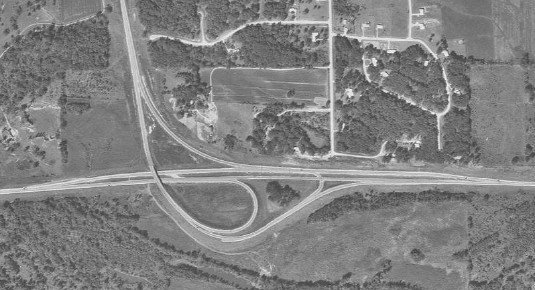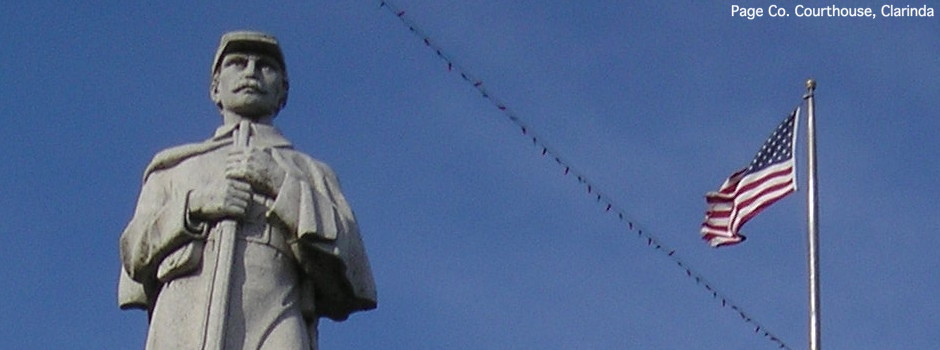In the southeast corner of the Cedar Rapids metro area, the US 30 expressway comes to an end (for another year, anyway) while US 151 heads north. This is not the original routing for 151; it was rerouted away from its diagonal through Cedar Rapids in 1989. That’s why IA 13 is redundantly multiplexed down to 30; it was there first.
The north-south road between Marion and US 30 was not upgraded to four lanes until 1995/1997/2000, which might make you ask, “Why is the interchange built so northbound 151 has the inner loop? Wouldn’t it make more sense to give 151 traffic a smoother exit to head to Dubuque?” That would have been a valid question if it had been built in 1995, but it’s not the case — the trumpet dates back to construction of the original road in 1965.

As you can see in this aerial photo from 1970 (via the Iowa Geographic Map Server), new westbound lanes were added to just enough of 30 to get the trumpet traffic on and off. More importantly, the outer ramps — southbound to eastbound and westbound to northbound — originally carried the flow of one number, IA 150. The opening of this interchange removed IA 150 from the Lincoln Highway Seedling Mile between Cedar Rapids (via Collins Road) and Mount Vernon. In the Great Renumbering of 1969, 150 was deleted east of Marion. At that point, the inner loop became a ramp from eastbound 30 to northbound 13.
Now, a second bridge crosses over 30, carrying southbound traffic to go east. It merges with the original ramp; if you look closely, the concrete is widened at one point in anticipation of a four-lane north-south road. In fact, the entire road south of Marion was built with the expectation of being four lanes, but that wouldn’t happen for decades.
To summarize: The layout of this interchange, the first in Linn County, dates closer to the original construction of the Seedling Mile than the present day, and recalls part of an IA 150 that has been gone for 50 years.
